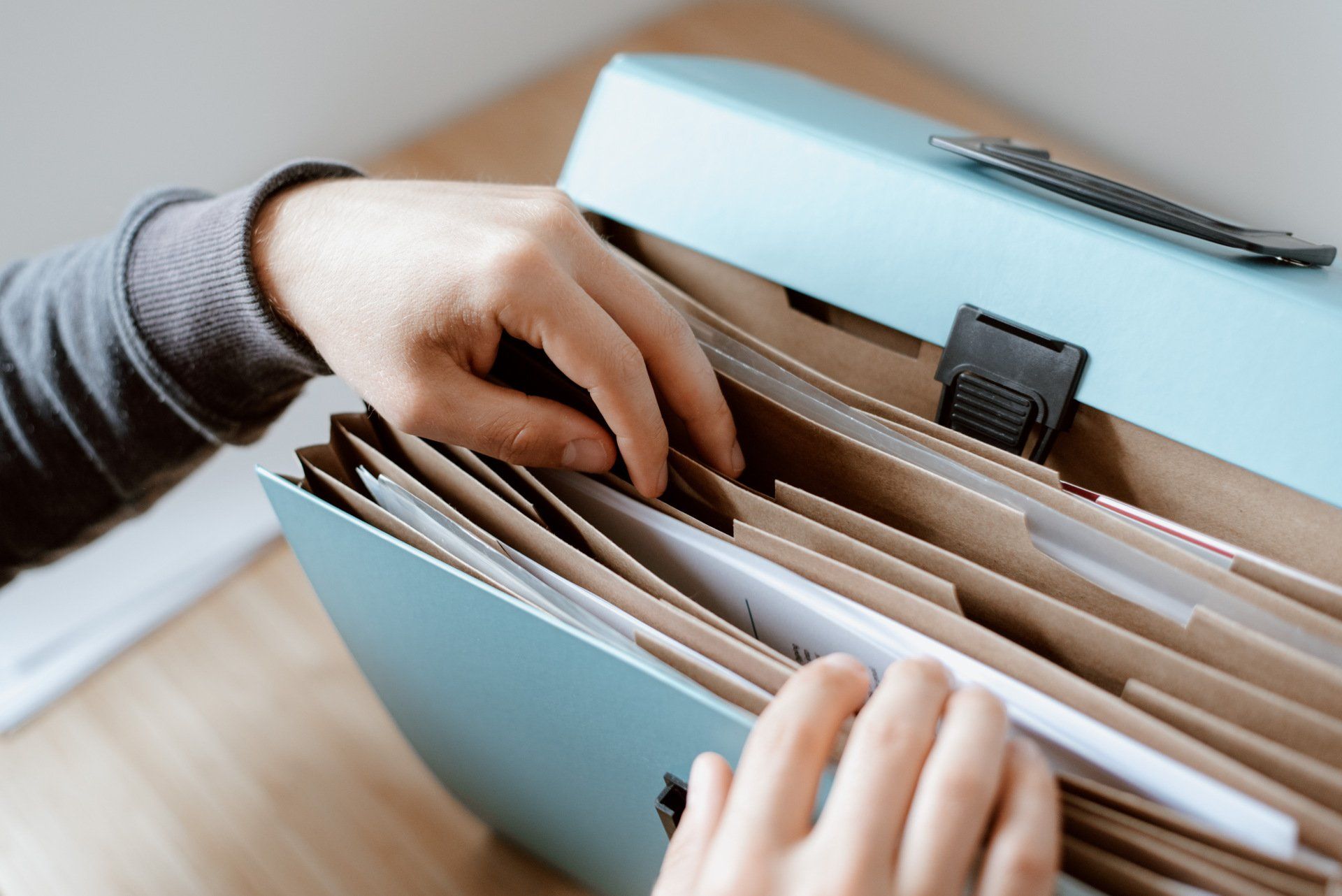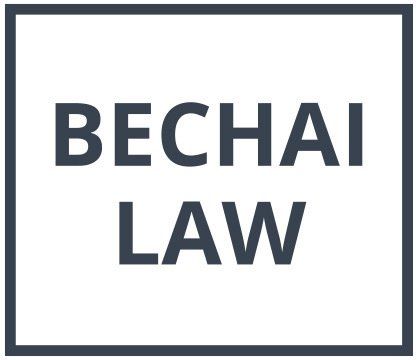The "Great Junk Transfer"
When estate planning with clients, I am sometime asked, “What actually happens with all my stuff? How does that all work?”
That’s when I wish I could introduce them to my Executor clients who will undoubtedly sigh, maybe roll their eyes, shed a tear, or grit their teeth with frustration and resentment.
This past weekend, the Globe and Mail ran sister articles on this topic by Erin Anderssen - great reads if you have a chance to check them out:
“Are you inheriting your parents’ clutter? Eight tips for managing intergenerational junk”
Anderssen points out that in the next decade, Canadians will undergo the largest wealth transfer in history, estimated at about $1 trillion. But the bank accounts and portfolios make up only one piece of the inheritance. The other, consists of “piles and piles of stuff with nowhere to go.”
“The parents of baby boomers, the oldest generation alive today, were savers, having learned in lean times of war and the Great Depression to treasure what they owned. Their children were consumers. Together, they will leave behind houses jammed with mahogany dining sets, silver platters, crystal figurines and all manner of tchotchkes that their kids don’t want. And, even if they did want them, this Intergenerational Dump is happening just as millennials are facing a housing crisis, which will leave many of them either renting or living in much smaller homes. Grandma’s massive china cabinet is not going to fit.”
The truth is, dealing with “the stuff” is the inheritance no one ever wants: it takes countless hours to cull through, stagnates grief, and reminds those burdened with the task of their own mortality. Moreover, as Anderssen put it, “the whole process shakes awake buried sorrows, sibling rivalries, [and] family dysfunction. It is never just about the stuff.”
In my experience, it’s not necessarily the division of valuable pieces that forever strain relationships. Rather, family bonds break over who gets a treasured family board game, a grandmother’s old rickety rocking chair, or the holiday decorations. It is the division of items that hold memories and tell stories that unearth unhealthy dynamics and cause the heartache.
Here are a few points drawn from Anderssen’s articles – along with some points of my own – that may help you think about how to organize your home to help with the inevitable transfer of things. Getting organized can also help minimize friction over who gets what.
- Separate the important from everything else. When you get important paperwork in the mail, make a habit of filing it straight away instead of having it end up in the kitchen junk drawer, a pile of Christmas cards or tucked away inside a book as a bookmark. Your Executors will need information about your life insurance policy, your bank accounts, and your property taxes. Make it easy for them to find.
- Talk to your loved ones. Ask the children what they want and what they don’t want; and children, speak up! If you don’t think about it now, you will have to negotiate these things with your siblings while you’re all grieving (and everyone makes the time!) If you sense that there may be a dispute brewing, talk to your lawyer – there are ways to address the division of things in your estate plan.
- Gift the things. People often speak to me about divesting their assets (i.e. money) to their children during their lifetime. The impetus behind this line of thinking is twofold: on the one hand, these clients are looking to minimize probate taxes on death, and on the other hand, they want to offer financial help to the next generation when it’s needed. I would encourage you to think about gifting your things, too, during your lifetime. If you know a child would love your cake stand, cuff links or corning ware, and you don’t have a need for all of it anymore, maybe gift it now and watch them enjoy it. No doubt you will be happy to see it all being used. Imagine taking a cake over to your grandchild’s first birthday using the cake stand, or gifting the cuff links to your son with a new shirt on a milestone birthday, or baking a lasagna for your daughter in the corning ware as she and her family recover from COVID. Passing on the "things" in a memorable way will be a lovely experience for all involved.
- With the rest, de-clutter. And again. And again.
It is an exercise we must repeatedly do throughout our lifetimes. As Anderssen suggests, one room at a time, start to pull out the superficial items. Things like appliances (or the boxes they came in), old makeup and perfume bottles, books you will never read again. If you don’t remember why you kept something, your loved ones won’t either. If you don’t use your china set, and no one wants it, Andersson recommends keeping one piece and giving away the rest.
- Photograph the meaningful items you don’t save.
It might help you part with them as you de-clutter, and avoids your surviving ones negotiating feelings of guilt as they decide to give them away.
- Digitize family photo albums. That way, photos can easily be shared without sibling disputes - who keeps them or who will take on the task of digitizing them. Add the images of those meaningful items from no. 5 above with a little blurb about why they were important to you (your children may not know!)
Finally, don’t forget…cottages, storage lockers and safety deposit boxes: these need your attention, too.



